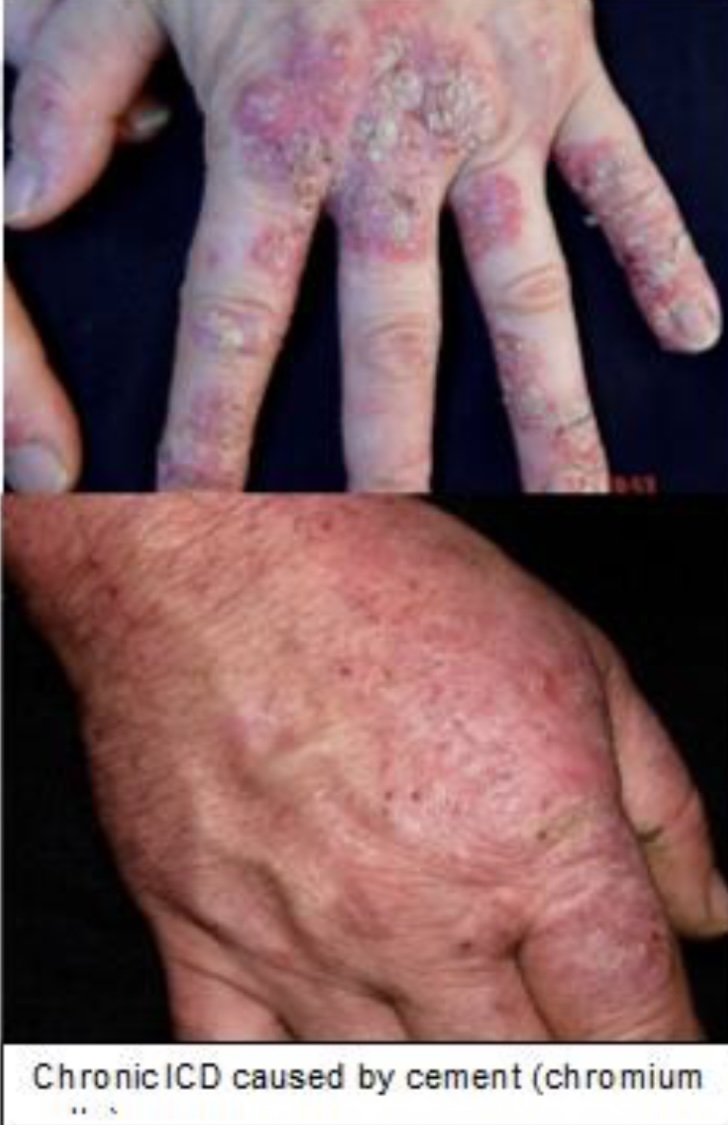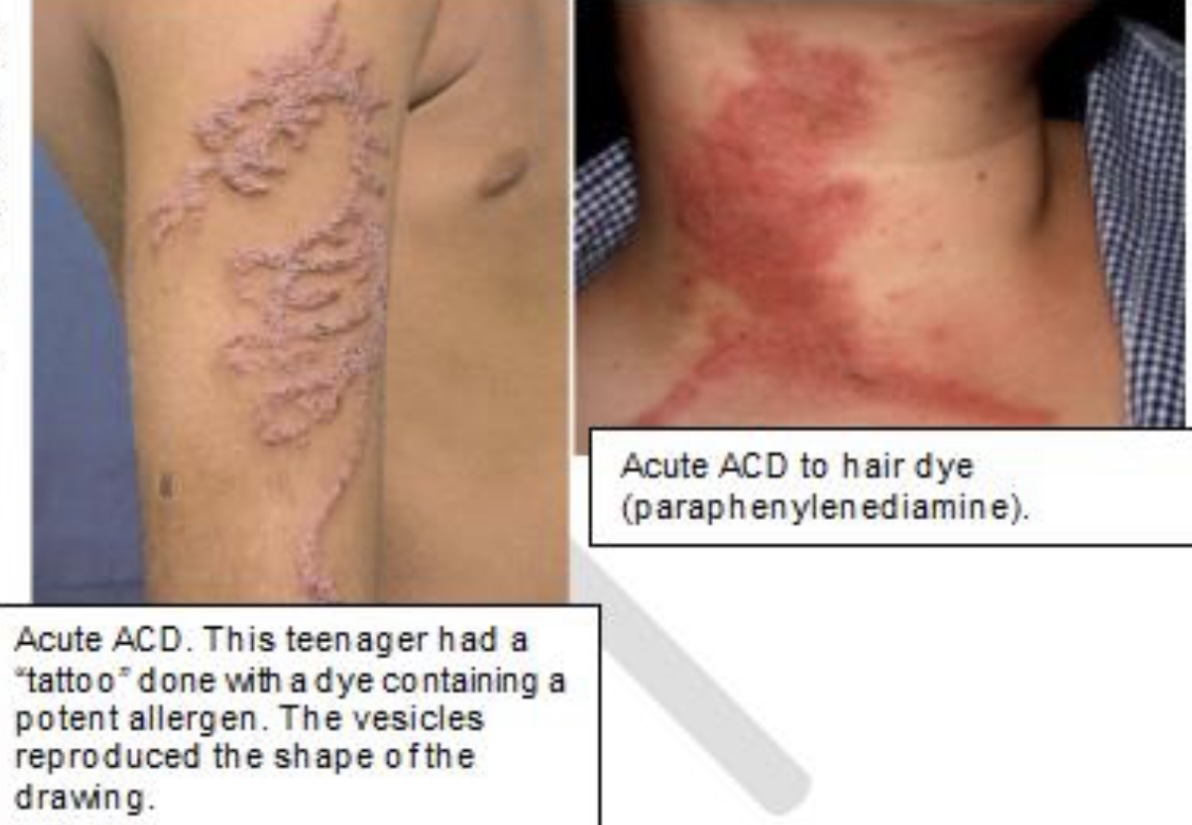What do you know about Dermatitis?
Contact dermatitis
Contact dermatitis is defined as an inflammatory skin reaction caused by contact with exogenous agents of various nature (chemical, chemical-physical or biological)

Epidemiology
About 80,000 people are affected by chronic eczematous dermatitis. 50% of these people do not respond even to local therapy with high potency corticosteroids.
3 levels of severity: mild, moderate, severe
Triggering causes
Among the most common irritants that can cause chronic eczematous dermatitis are: water and oxide salts (Ca,Mg), skin cleansers (soaps, detergents, additives, surfactants), industrial detergents, acids, alkalis (soap, soda, ammonia, cement, silicates), oils (emulsifiers, lubricants, colourants, perfumes), topical medicines, cosmetics and organic solvents (benzene, toluene, methanol, glycol)(1).
Therapy
– removal of the cause
– use of protective equipment (gloves, clothing, barrier creams)
– topical steroids combined with emollients, moisturisers, zinc oxide pastes
– calcineurin inhibitors (tacrolimus and primecrolimus) in resistant forms and for prolonged
use
– systemic antihistamines
– systemic corticosteroids
– systemic cyclosporine, azathioprine, methotrexate
– systemic retinoids(1)

Irritant contact dermatitis (ICD)
Synonyms: orthoergic dermatitis or contact dermatitis.
It is an inflammatory dermatosis produced by exogenous agents (coming from outside) of various nature (chemical, physical, biological) capable of damaging the skin with a direct toxic or irritant mechanism exclusively in the contact area, i.e. without an immunological response.
ICD can affect anyone as long as the causative agent is sufficiently concentrated and the exposure sufficiently prolonged.
Irritant agents
The irritant agents most frequently involved in ICD are water, detergents, surfactants, emulsifiers, humectants, alkalis, acids, oils, organic solvents, oxidising and reducing agents, plants and preservatives.
How it manifests itself
The skin reaction is limited to the area that comes into contact with the irritant agent and associated with symptoms such as pain, burning and tingling. In ICD, itching is frequent, but not as characteristic as in allergic eczema.
The anamnesis is usually clear and the cause-effect relationship is usually reported by the patients themselves.
ACUTE ICD
Acute ICD can develop following a single contact with the irritant agent or several contacts of short duration.
Clinical Picture
There is erythema ranging in colour from pale pink to dark red, which may or may not be associated with oedema and vesiculation, but also, in more severe forms, with blisters, pustules, scabs and erosion.
Chronic hand dermatitis is a common type of irritant contact dermatitis (ICD). The areas usually affected are the back of the hands and the extensor surface of the forearms. If the dominant hand is the right one, the latter is usually the most affected. When hand dermatitis is more severe on the palms, it is more likely to be dyshidrosis and allergic contact dermatitis. Moreover, paronychia (infection of the periungual tissue) and, in the long run, also onychodystrophy (alteration of the trophism of the nail, which manifests itself as a morphologic change in the nail itself), may develop.
Diagnosis
The diagnosis is made on the basis of the clinical history reported by the patient and the clinical picture observed during the examination. In doubtful or recurring cases, epicutaneous tests (patch tests) can be performed, which, in the case of purely irritative forms, will either give a negative result or show irritative reactions (reddening of the skin area on which the patch used to perform the test was applied).



